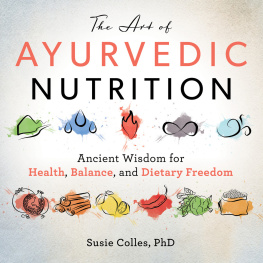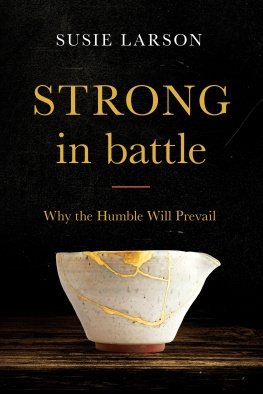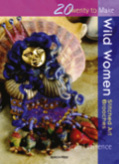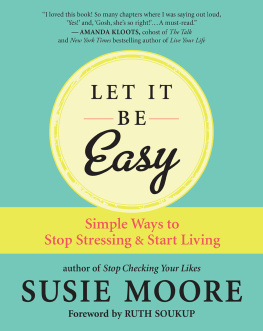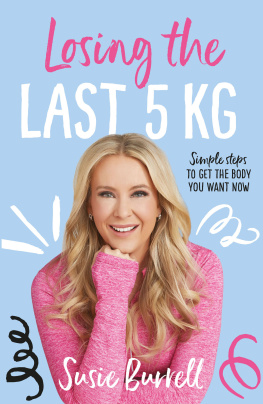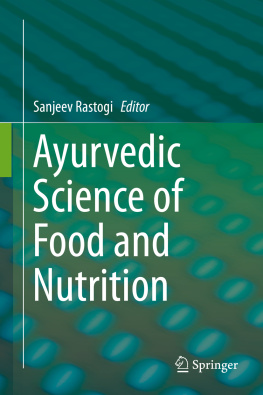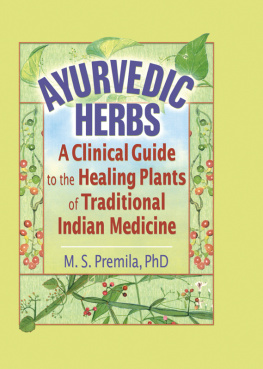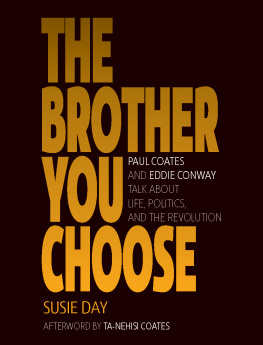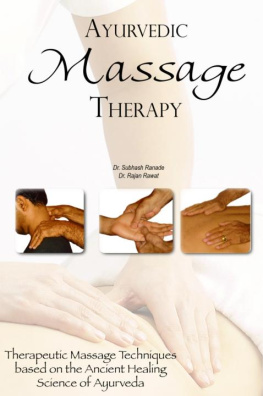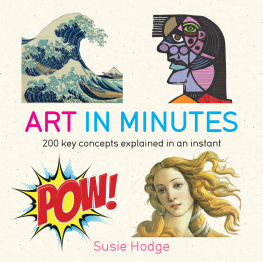Susie Colles - The Art of Ayurvedic Nutrition
Here you can read online Susie Colles - The Art of Ayurvedic Nutrition full text of the book (entire story) in english for free. Download pdf and epub, get meaning, cover and reviews about this ebook. year: 2020, publisher: Skyhorse, genre: Religion. Description of the work, (preface) as well as reviews are available. Best literature library LitArk.com created for fans of good reading and offers a wide selection of genres:
Romance novel
Science fiction
Adventure
Detective
Science
History
Home and family
Prose
Art
Politics
Computer
Non-fiction
Religion
Business
Children
Humor
Choose a favorite category and find really read worthwhile books. Enjoy immersion in the world of imagination, feel the emotions of the characters or learn something new for yourself, make an fascinating discovery.
- Book:The Art of Ayurvedic Nutrition
- Author:
- Publisher:Skyhorse
- Genre:
- Year:2020
- Rating:4 / 5
- Favourites:Add to favourites
- Your mark:
- 80
- 1
- 2
- 3
- 4
- 5
The Art of Ayurvedic Nutrition: summary, description and annotation
We offer to read an annotation, description, summary or preface (depends on what the author of the book "The Art of Ayurvedic Nutrition" wrote himself). If you haven't found the necessary information about the book — write in the comments, we will try to find it.
The Art of Ayurvedic Nutrition — read online for free the complete book (whole text) full work
Below is the text of the book, divided by pages. System saving the place of the last page read, allows you to conveniently read the book "The Art of Ayurvedic Nutrition" online for free, without having to search again every time where you left off. Put a bookmark, and you can go to the page where you finished reading at any time.
Font size:
Interval:
Bookmark:


Copyright 2020 by Susie Colles, PhD
Illustrations copyright 2020 by Iku Baishya
All rights reserved. No part of this book may be reproduced in any manner without the express written consent of the publisher, except in the case of brief excerpts in critical reviews or articles. All inquiries should be addressed to Skyhorse Publishing, 307 West 36th Street, 11th Floor, New York, NY 10018.
Skyhorse Publishing books may be purchased in bulk at special discounts for sales promotion, corporate gifts, fund-raising, or educational purposes. Special editions can also be created to specifications. For details, contact the Special Sales Department, Skyhorse Publishing, 307 West 36th Street, 11th Floor, New York, NY 10018 or .
Skyhorse and Skyhorse Publishing are registered trademarks of Skyhorse Publishing, Inc., a Delaware corporation.
Visit our website at www.skyhorsepublishing.com.
10 9 8 7 6 5 4 3 2 1
Library of Congress Cataloging-in-Publication Data is available on file.
Cover design by Daniel Brount
Cover illustrations by Iku Baishya
Print ISBN: 978-1-5107-4902-3
Ebook ISBN: 978-1-5107-4903-0
Printed in China
For Ma
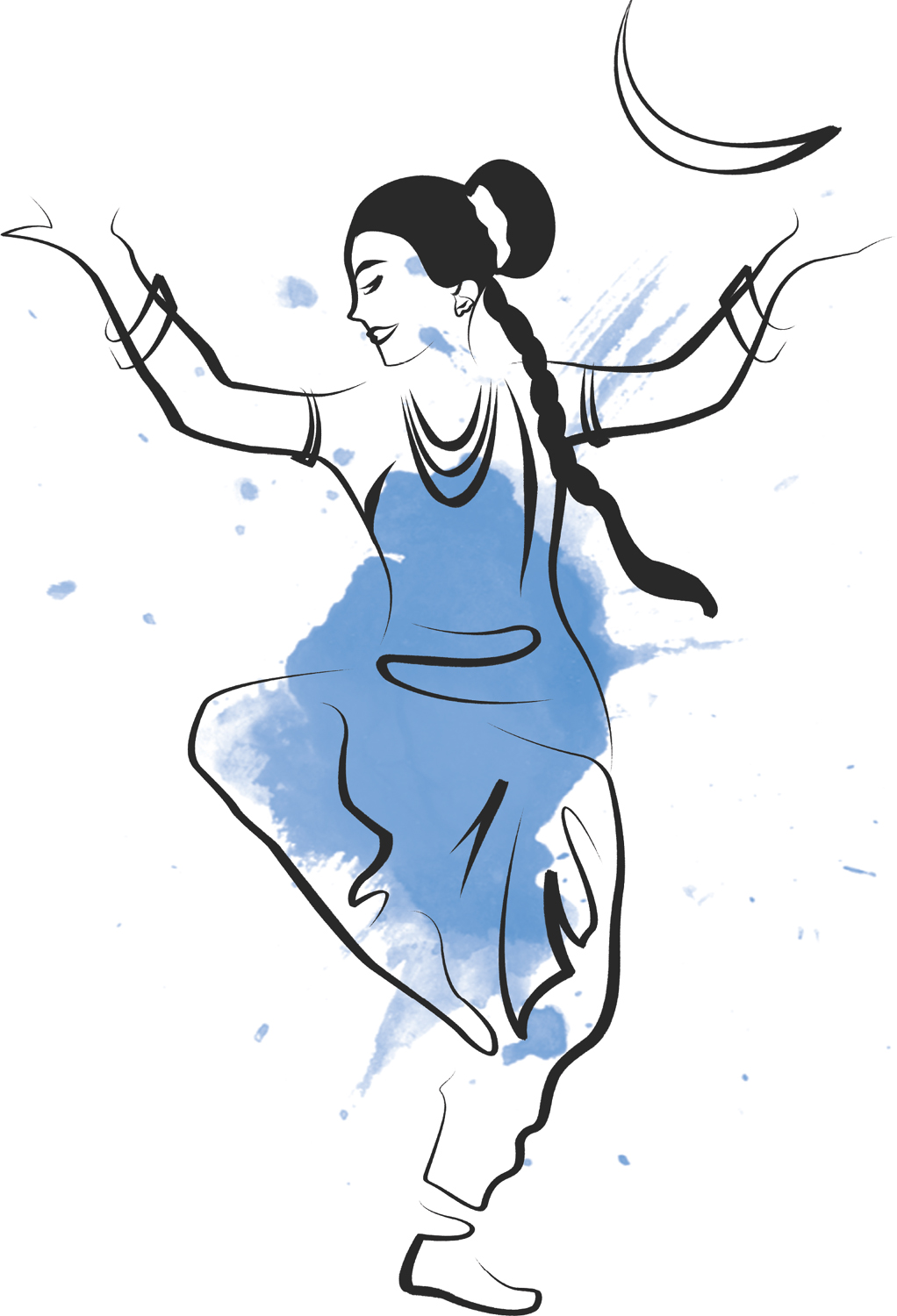
Table of Contents
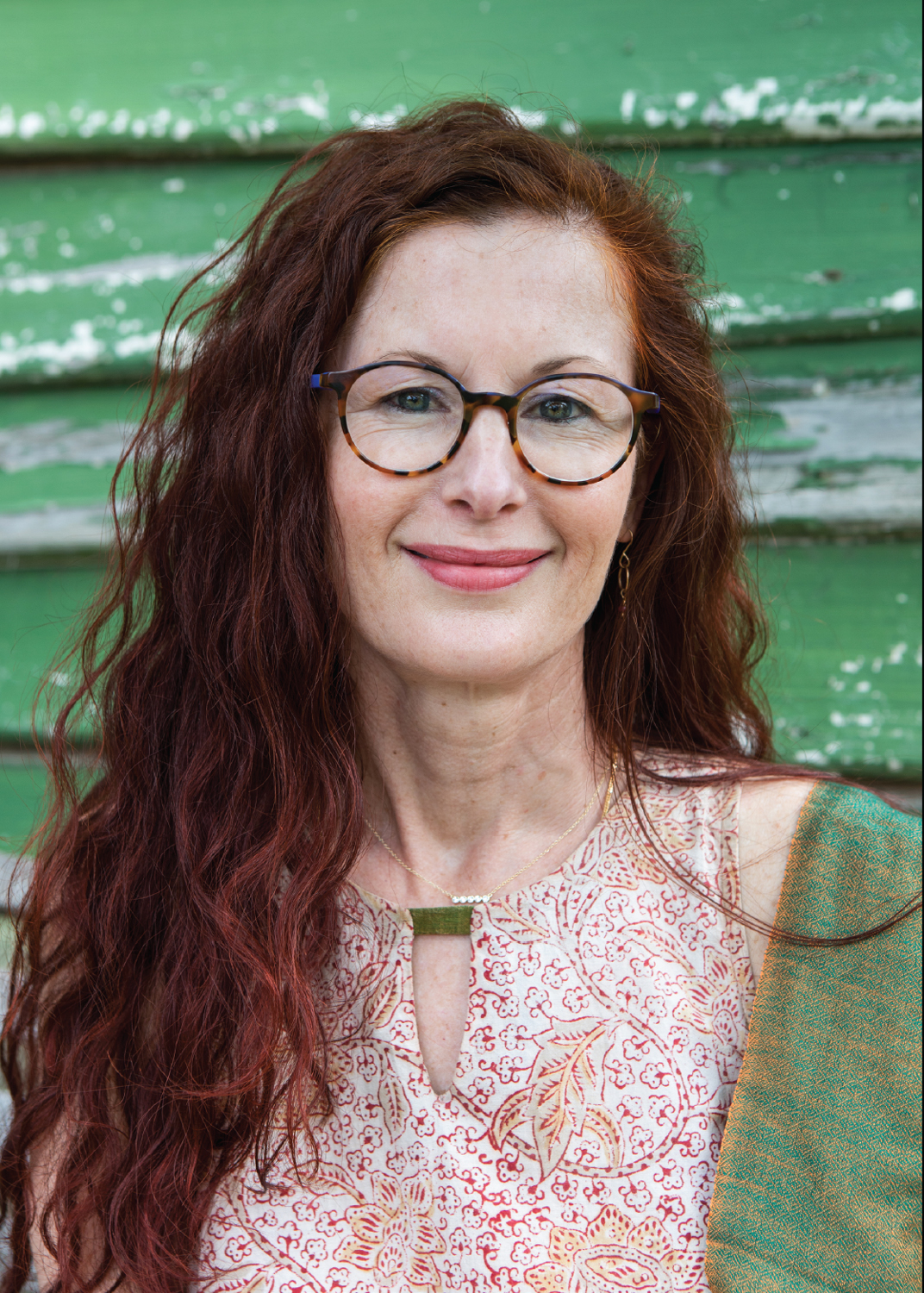
Lisa Colles Photography

About the Author
Susie Colles is a dietitian turned natural health practitioner on a journey. During her thirty-year career she completed a Bachelor of Science in human movement; a Masters degree in nutrition and dietetics; a PhD that examined links between weight management, eating behavior, metabolism, and psychology; more than twelve hundred hours of formal yurveda study under experienced Indian and Western Ayurvedic doctors; and published a dozen peer-reviewed scientific papers. She has worked as a fitness expert; a clinical dietitian specializing in diabetes, kidney disease, gastrointestinal disorders, cystic fibrosis, and aged care; a weight loss counselor working with people one-on-one and in groups; a health researcher; university lecturer; public speaker; health writer; international volunteer in womens health; yoga therapist, and Ayurvedic practitioner. At the personal level, Susie has lived the diet mentality, and suffered debilitating sinus pain, inflammatory bowel disease, and migrainesall partly aggravated and healed by diet. Experiencing peoples struggles and frustrations, she has reflected deeply on what, how, and why people eat; what causes disease; and ever-broadening definitions of health.
Having trained and worked in the West, it was only after moving to India and formally studying yurveda , that the science and art of nutritional healing truly resonated for Susie. Personally, she found therapeutic answers, established a profound relationship with food, a naturally comfortable body weight, and ever-deepening sense of health. Today she works as a yoga therapist and Ayurvedic health practitioner, with entire beings, within social settings and natural cycles, offering ideas and practices to guide balanced health, self-knowledge, and spiritual freedom. Susie grew up in Australia; has lived in Europe, Africa, and Asia; and currently lives in the hills of Southern India. Find her website at susiecolles.com.
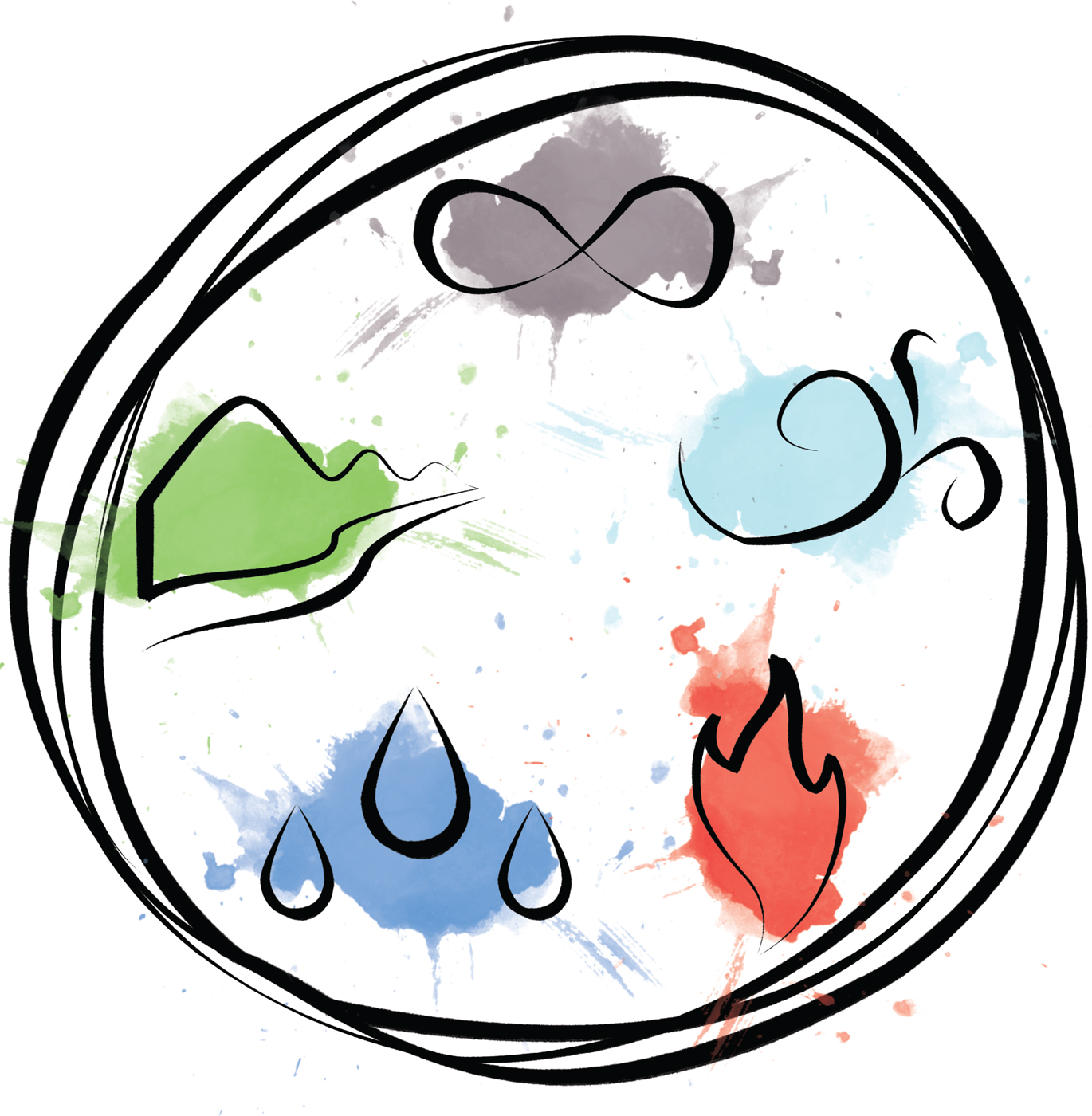

Introduction
This book guides the art of Ayurvedic food-related wisdom through the application of theory and practice, aiming to balance the physical body and in turn support the mind and emotions, the flow of vital energy, intuitive intelligence, and spirit. The ancient Indian system of yurveda is a natural, holistic healing system that is highly relevant to the mounting food-health challenges of today. The Ayurvedic approach to lifelong health centers around the dosha three intelligent bodily managers that mix within us to determine our unique metabolic constitution. Understanding our personal constitution offers deep insights into our nature, and is key to making dietary and lifestyle choices that support physical balance and mental happiness.
The body is a miraculous, intelligent vesselquite out of common awareness its base functions are self-maintaining. The physical body grounds us and acts as our base and touchstone to tangible, sensual existence. When its functions are balanced, the body fills with vitality and joy. If we listen, the body is a constant teacher, yet subtle voices telling us how the body feels are seldom truly noted. We often hold little faith in the physical body, and dont offer it the attention or support it deserves. When the machinery does its job, the body is a workhorse that toils toward the minds aspirations. We expect the same performance, day in, day out, regardless of physical limits and natural cycles. Sometimes the body feels like a burden. Feeding it, cleaning it, and putting up with its pains, noises, and smells can make us forget its living, illuminated intelligence. When balanced, the physical body is completely geared toward life. A doctor or healer may offer a boost, but its the nature of the body to heal. Health and happiness come from within.
Our body may seem familiar to us, but the body changes so rapidly that constancy is just an illusion. Every morning we look in the mirror at a different entity. Moment by moment, the physical body performs thousands, possibly millions of simultaneous functions, synthesizing and metabolizing compounds precisely as the need arises. Skin and gut tissues slough off and are regenerated. Millions of cells die and birth simultaneously. The bodys main constituent, water, flows continuously through all living tissues. The foods we ate yesterday are becoming bodily tissues today. Metabolic wastes build up and are removed. The ability of the physical body to continually adapt to changing conditions is one of its most elegant features.
Modern medicine tries to understand the physical body through orchestrated scientific trials, based on the fact that humans are a series of interwoven biological compounds undergoing elegantly transforming reactions, powered by calories, predetermined by genes. This way of knowing the human body divides it into ever-smaller parts, and hands the power of knowledge to science and medicine. yurveda understands the physical body as one aspect of a greater whole. As a material entity, the physical body is comprised fundamentally of the five great states of matter: earth, water, fire, air, and ether. These five elements that comprise the human body also comprise all planetary matter and can be experienced and understood by everyone. How does the body accumulate these elements? Through the foods we eat. In Sanskrit, the ancient language of India that directly connects sounds with forms, the term for body, sharira , refers to the entity needing constant replenishment. All physical tissues need constant feeding, waste removal, cleansing, maintenance, replacement, and rejuvenation from wear and tear.
More than the physical body we see and identify with, the ancient traditions of yurveda , yoga, and Chinese medicine also understand the body as a system of energy flowing through subtle channels that obey universal laws. Traditional Chinese medicine knows this flowing energy as qi . In yurveda , and its sister science, yoga, the bodys vital energy is known as prna , the intelligent force that enlivens every aspect of our system and all life on Earth. Prna is not personal. Its a common pasture to which all beings have equal rights. Prna can be awakened and enhanced within us as individuals; and universally its a common pasture to which all beings have equal rights. In modern life, the primary ways we take in fresh prna are through our thoughts, feelings, and actions; our social and wider environment; and breath (air), the sun, water, and food. The elements that comprise the physical body, and the energy that vitalizes it, cant be artificially separated within us or from the external environment.
Next pageFont size:
Interval:
Bookmark:
Similar books «The Art of Ayurvedic Nutrition»
Look at similar books to The Art of Ayurvedic Nutrition. We have selected literature similar in name and meaning in the hope of providing readers with more options to find new, interesting, not yet read works.
Discussion, reviews of the book The Art of Ayurvedic Nutrition and just readers' own opinions. Leave your comments, write what you think about the work, its meaning or the main characters. Specify what exactly you liked and what you didn't like, and why you think so.

